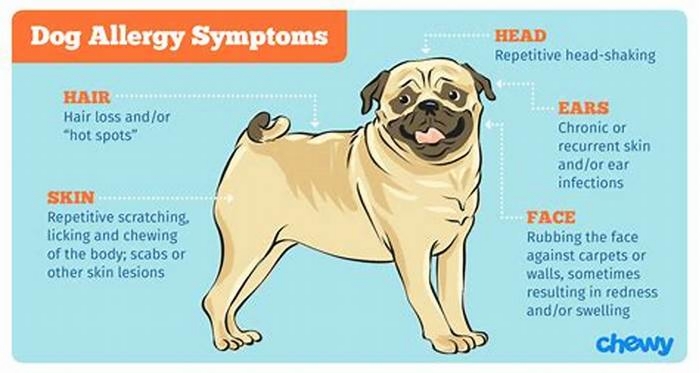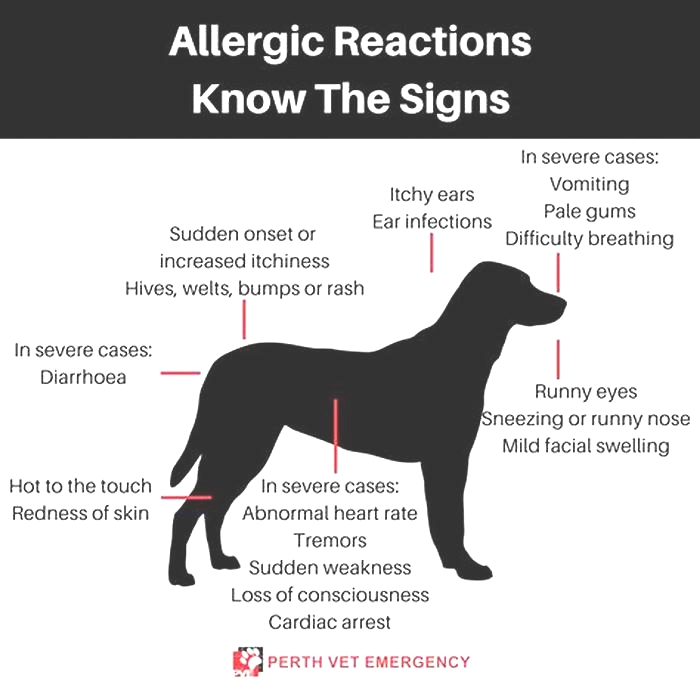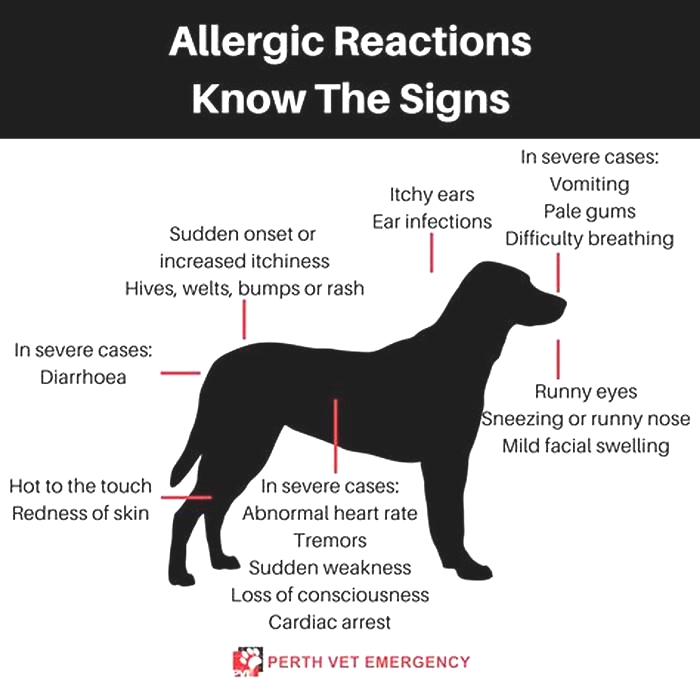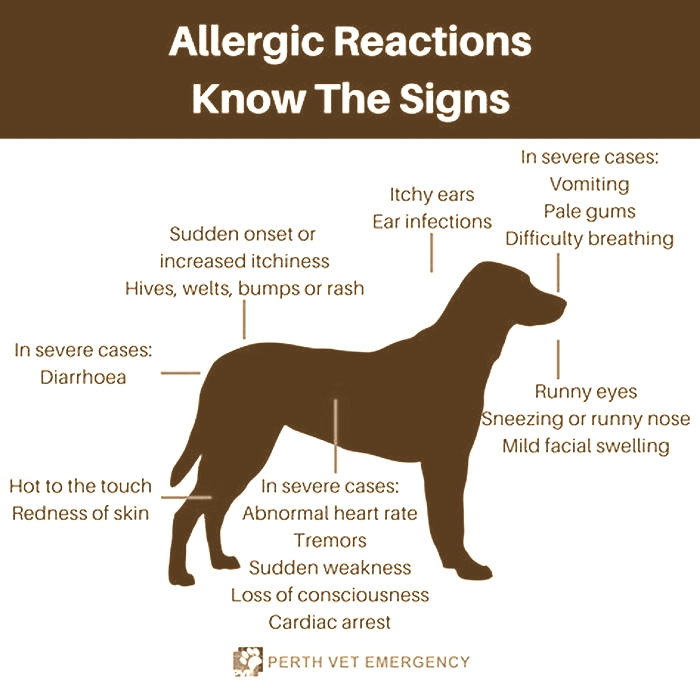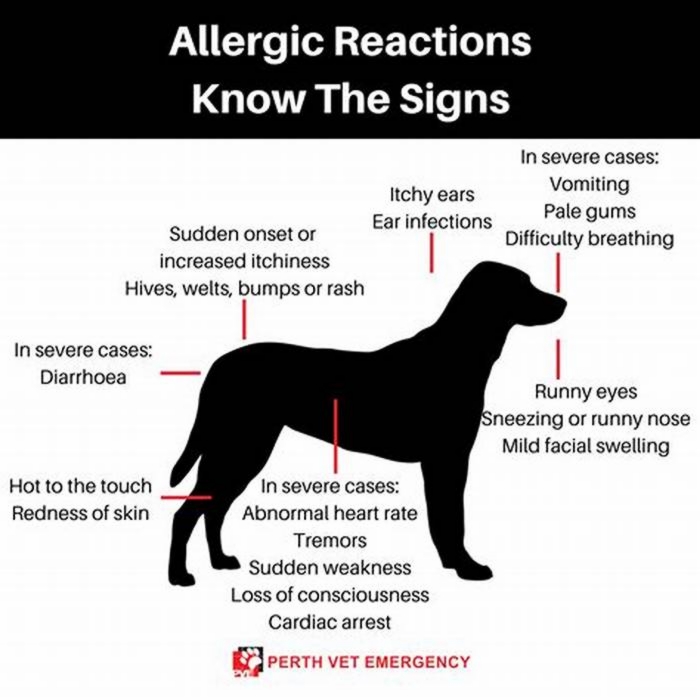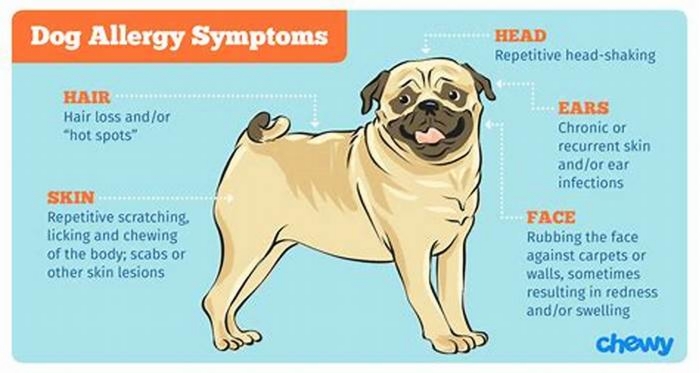How do you get rid of an allergic reaction to a dog
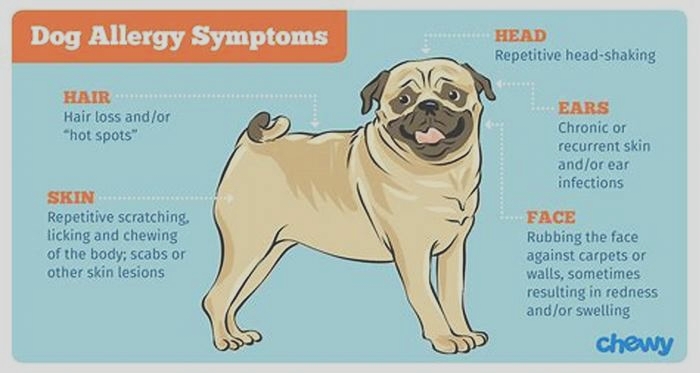
9 Ways To Get Rid of Dog Allergies (Simple Steps)
Owning a pet comes with plenty of perks from companionship to stress relief, unconditional love, and many other bonuses.
In most cases pet owners consider their pets as part of their family.
But what do you do when one of your family members is always making you sick?
We`re referring to the allergy-causing pet dander which can cause unpleasant and uncomfortable health complications like sinus pain, itchy eyes, a runny nose, or even skin reactions.
While you may not exactly become immune to dander, well discuss some simple ways you can get rid of dog allergy symptoms.
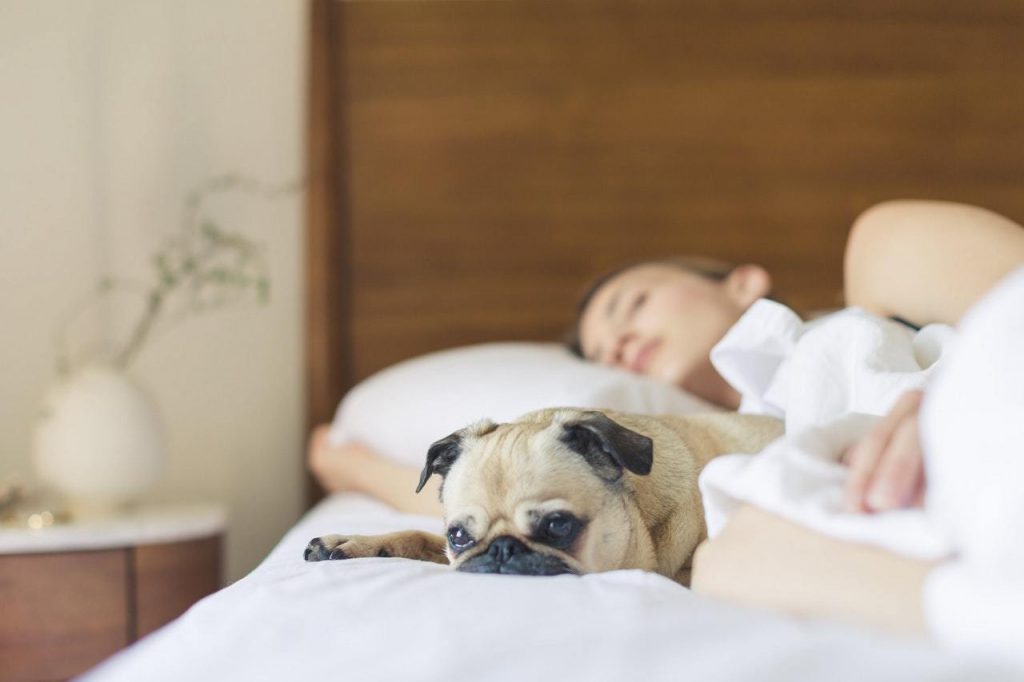
Our website is reader-supported through affiliate programs. If you purchase via links on our site we may earn a small commission.
Please note that this advice is for informational purposes, and is NOT professional medical advice. If you suffer strong or severe allergy symptoms, we strongly encourage you to see a qualified medical specialist about your condition.
Tips For Eliminating Dog Allergy Symptoms
1. Clean More Often
Yes, I know cleaning is no fun, but pet dander, the most common type of dog-produced allergen, sticks to anything it lands on.
It takes some effort to reduce allergy-causing pet dander in your house, however simply cleaning household surfaces is sufficient to remove pet dander, and a quick clean every few days helps enormously.
You should also pay special attention to carpet, especially since foot traffic causes dander particles to continuously be thrown back into the air you breathe.
Did you know that dried dog saliva and urine also cause allergy symptoms?
If your dog likes to sleep in one spot on the carpet, then its likely there will be dried saliva there, and these particles can become airborne.
The best way to clean your carpet is to use a vacuum cleaner withHEPA filters, and for solid surfaces, a simple wipe with a damp cloth is sufficient to remove the dog dander.
2. Groom Your Pet Regularly
Let`s face it, most dog owners do not bathe their dogs as required, usually due to a lack of time, or not enjoying the chore of grooming.
Either way failing to bathe your dog will contribute to the build-up of allergens in your dogs coat.
Regular brushing can also be great to loosen and remove dead skin cells, but if you already have allergy symptoms then breathing the loosened particles can give you a nasty reaction so wear a mask while you brush.
According to the Humane Society, bathing your dog at least once a week is sufficient to reduce the number of allergens in your dog by 84%.
Though a simple dip and scrubbing with plain water can do, it`s recommended that you bathe your dog using the a good dander shampoo.
Shampoo is not only essential for removing dander, but some have ingredients to improve your dogs skin, which in turn lowers the amount of dander produced.
Read our article about anti-itch shampoos for dogs to find out more.
3. Use Dander Removal Spray
For whatever reasons, you might find that bathing your dog is a grueling task.
If that`s so, using a dander spray remover is your next best option, they are extremely easy to use, and are recommended by vets and allergists.
Dander spray contains natural enzymes, which are responsible for fighting pet dander as well as reducing the pet odors.
The spray is handy, especially for pet owners who are expecting visitors who are allergic to dogs, and studies have found vastly reduced dander loads in homes where the spray is used weekly.
Most sprays come with a set of grooming gloves, so you just spray your dogs coat and brush them over with the gloves once a week easy!
See some dander removal sprays at Amazon
4. Install A HEPA Air Purifier
Your ability to clean your household items can only go so far. You`re surely going to miss some places, and there are times when you cant get around to cleaning life gets busy.
Installing HEPA filters in your HVAC system, or free-standing air purifiers is a great solution to filtering microscopic pet dander from the air you breathe in your home.
Air purifiers with HEPA filters work by drawing in small airborne particles and trapping them in the extremely fine filter, with pure clean air returned to the room.
What many users love about HEPA filters is that besides removing dander, they also remove other allergy-causing particles such as mold, lint, and dust.
Most importantly, the air filters can provide a constant flow of fresh and quality air into your household.
See our recommendations for effective HEPA furnace filters
5. Designate Pet Free Spaces In Your Home
Yes, as much as we often like to have our favorite friends sitting on our bed wagging their tails, if youre an allergy sufferer then this brings the problem to the worst possible place.
Anywhere you spend large amounts of time will expose you to more allergens, so its worth thinking about where you do and dont want your dog to be.
One other obvious place is your lounge suite, as you will likely sit there regularly binge-watching some bizarre new Netflix series!
Once you make a final decision, then you can either close doors to those rooms, or train your dog to know where they are allowed to go in your house.
6. Cover Your Furniture With Washable Hypoallergenic Covers
Allowing your dog to roam freely in every corner of your household, including the bedroom is not a good idea.
Once they are on your bed, your pooch is likely to leave traces of dander, which is highly likely to cause an allergic reaction while you sleep there for 8 hours night after night.
However much you try to restrict your dog from sleeping on your bed or lounge suite, sometimes they may sneak where they shouldnt be especially the cheeky ones!
Removable and washable covers are one way you can help combat this problem, as they will protect the surfaces underneath from getting loaded with allergens, and can be cleaned regularly.
Get hypoallergenic bedding covers at Amazon
7. Use A Dust Mite Spray
Aside from having allergic reactions to pet allergens, quite often people have reactions to the microscopic creatures that feed on those allergens such as dust mites.
Reducing dander around your home will help reduce dust mite numbers, since they will have less food, however you can reduce the occurrence of dust mites further with special sprays.
Get mite and allergy control sprays at Amazon
8. Allergy Immunotherapy
Also referred to as allergy shots,allergy immunotherapyis a treatment option that lessens your reaction to the allergens you get treated for.
Similar to a vaccine jab, allergy shots work by decreasing your sensitivity to dog allergens, helping to greatly reduce your symptoms.
Allergy shots work by exposing the human body to mild amounts of allergy-causing contaminants, and helps the body to build up an immunity or tolerance to the allergens.
To get these you will need to speak to your doctor for advice.
9. Get Rid Of Your Dog
Before you begin demonizing me, this is the first thing an allergist will recommend, but obviously for any true dog lover this is the absolute last resort.
While giving your dog away is completely unthinkable, to some the daily misery of strong allergy symptoms is too much to handle.
Though the idea is heartbreaking, it does not mean you can never see your dog again.
You could take them to a farm, give them to a family member, or friend who you trust to look after and love your dog as much as you do.
Sources
https://www.aaaai.org/conditions-and-treatments/library/allergy-library/allergy-shots-(immunotherapy)
Does Your Dog Have a Flea Allergy?
What Is Flea Allergy Dermatitis in Dogs?
Fleas take their first blood meal on the host (your dog) within minutes of contact.2 When a flea feeds, it injects its saliva into your dogs skin. This saliva contains enzymes, peptides, and amino acids. It also contains histamine-like compounds that trigger a release from the dogs immune system.
Flea saliva can cause an inflammatory reaction in animals that are sensitive to it. Some dogs have an immediate hypersensitivity to it within 15 minutes, while others have a delayed reaction that takes 24-48 hours.
Dogs with atopic dermatitis are more likely predisposed to developing flea allergy dermatitis (FAD).1
What if I Dont See Fleas on My Dog?
Just because you dont see the fleas, it does not mean they arent there.
A common misconception is that fleas are only a concern during warmer months. This is not true. Another misconception is that fleas cant come inside your house. Fleas can live indoors as eggs, larvae, and pupae, and pets and humans can also bring fleas inside.
Signs of a Flea Allergy in Dogs
You may not see the fleas right away, but you will see the evidence of the allergic reaction. Even one flea bite can cause this allergic reaction.
When dogs feel flea bites, they often chew and bite at their rear by their tail and/or jump up from a resting position. If you see itching in your dog, and it leads to hair loss on the middle of the back to the tail base, you need to think flea allergy dermatitis. The hair loss can spread all over the body, up to the head and neck if left untreated.
When a dog scratches, licks, and chews, it breaks the skin barrier and can cause open sores and scabs. The licking and chewing can also cause ongoing moisture that can lead to yeast and bacterial infections.
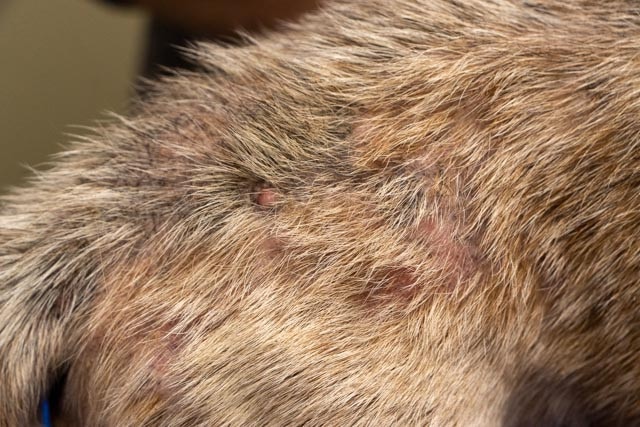
Photo By: Sandra Mitchell, DVM
How Does the Vet Diagnose a Flea Allergy in Dogs?
It is important to get a true diagnosis when a dog is itching severely.
Your vet will first look for any evidence of fleas or flea dirt (which is the flea excrement), sometimes using a fine-tooth comb.
It is common that a pet parent may not see the fleas at home on the pet, but veterinary staff are trained flea detectives who work hard to find them.
Tests can also be done to determine the underlying cause of the allergic reaction. Vets use blood tests and skin tests for flea allergies.
Skin testing, called intradermal testing, is usually performed by a veterinary dermatologist. A wheal (bump on the skin) forms on the skin, usually within 15-20 minutes of injected a small amount of an allergen into the skin.3
Blood testing can also be done in most general veterinary practices to test the IgE directed against the flea-specific salivary antigens.
Diagnosing the Secondary Skin Infections in Dogs
There is often a secondary infection that develops on a dogs skin with FAD. Your vet can use cytology to diagnose any secondary skin infections.
Cutaneous cytology is a valuable diagnostic tool. Using a piece of tape to collect a surface sample from a skin lesion helps determine the type of microbial population as well as the inflammatory component present.4
It is quick and inexpensive. This helps guide the doctor to prescribe the most appropriate and effective treatment for the patient.
How Do You Treat Flea Allergy Dermatitis in Dogs?
The number one priority in FAD treatment is to kill the fleas! This means to kill them not only on your dog, but on all pets in the household and killing fleas in the environment.
Oral Flea Medications
Oral flea medications are going to provide the quickest demise of the fleas.
You can use a product containing Spinosad to kill all fleas on your dog within 30-60 minutes to give the quickest relief. Then you can follow up with a product that lasts 30-90 days.
Once the fleas are dead, it is a good idea to bathe the dog to get off all of the dead bugs and their excrement. You can get a medicated shampoo prescribed by your vet to soothe the skin, or you can find over-the-counter dog shampoos that contain oatmeal and pramoxine to help soothe the itch.
Skin Treatment
After the fleas are eradicated, you still need to treat the skin irritation caused by the allergic dermatitis.
In mild cases, you can treat your dog with Benadryl at home to stop the allergic reaction and provide relief from the itch.
Always check with your veterinarian for dosing instructions and to make sure this medication is safe for your pet.
Most dogs with FAD need more help, and you can talk to your veterinarian about the need for steroids or other allergy meds such as Apoquel or Cytopoint.
How to Prevent Flea Allergies in Dogs
As the saying goes, an ounce of prevention goes a long way. Preventing, reducing, and eliminating flea infestations is crucial to preventing recurring FAD.
Treat the Environment
Just treating your pet without treating the environment is only 50% of the problem. Indoor flea eradication measures include vacuuming (carpets, cushioned furniture, cracks and crevices on floors, and baseboards) and washing pet bedding in hot soapy water.
Treat Your Yard
Outdoor areas need attention, such as shaded areas around the house or your dogs kennel or favorite sleeping area. You can use premise sprays for fleas indoors and out. For both the house and yard, you may need to contact an exterminator for the best method of flea removal.
Use Monthly Flea and Tick Preventatives
There are many flea prevention products on the market. Work with your veterinarian to pick the one that is best for your dog.
The oral medications in the isoxazoline category have been the most recent group that has been extremely effective and safe for most dogs. Talk to your vet to make sure your dog doesnt have any contraindications such as seizures.
If you keep the flea population under control, you can spare your pet pain and suffering. It can take three months to rid your house of an infestation. It is time-consuming and expensive.
Prevent what you can to keep your dog flea-free!
References
Fritz, Anissa. Use this veterinary study to help clients take FAD seriously. January 27,2019. Dvm360.co
Lam, Andrea and Yu, Anthony. Overview of Flea Allergy Dermatitis, Dermatology Compendium,Vol 31, No 5, May 2009.
Dryden, Michael. Flea Allergy Dermatitis. Merckvetmanual.com
Jangi Bajwa, Cutaneous cytology and the dermatology patient, The Canadian Veterinary Journal, (ncbi.nlm.nih.gov)
Controlling Fleas and Ticks Around Your Home, epa.gov
Kwocka KW. Fleas and related disease. Vet Clin North Am Small Ani Pract 1987;17:1235-1262



